Guillaume Bernard
Leveraging Historical Data for High-Dimensional Regression Adjustment, a Composite Covariate Approach
Mar 26, 2021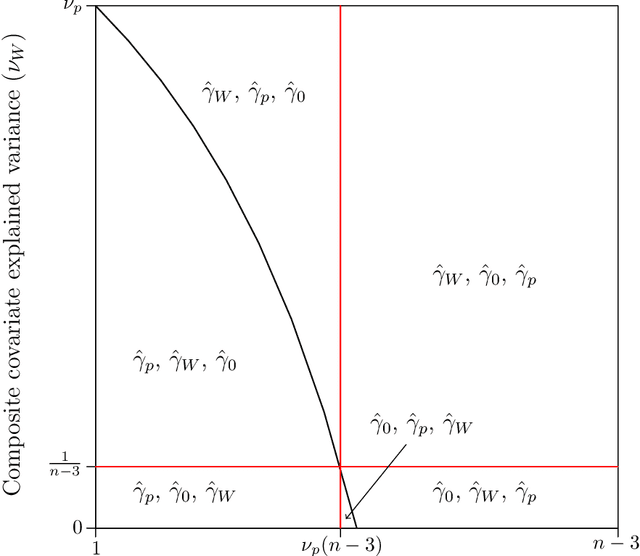
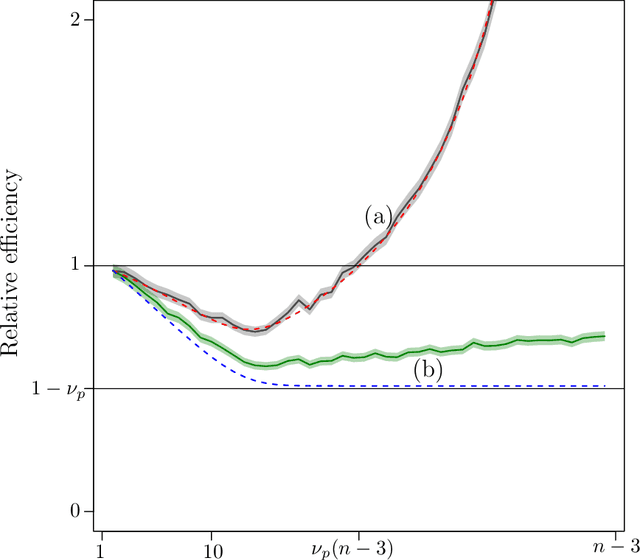
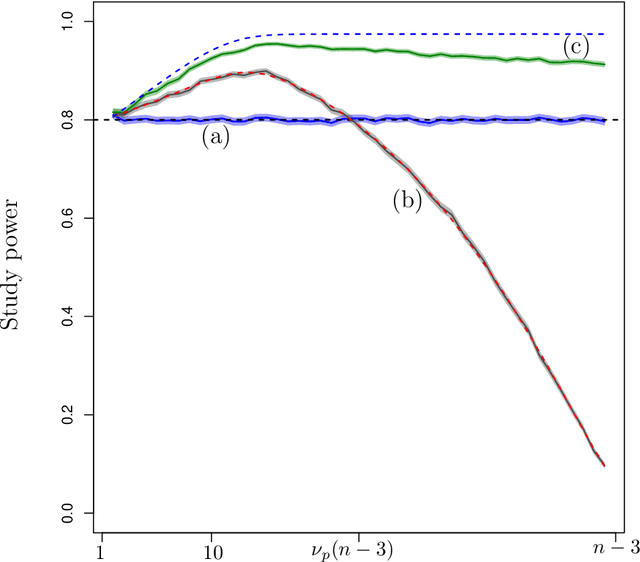
Abstract:The amount of data collected from patients involved in clinical trials is continuously growing. All patient characteristics are potential covariates that could be used to improve clinical trial analysis and power. However, the restricted number of patients in phases I and II studies limits the possible number of covariates included in the analyses. In this paper, we investigate the cost/benefit ratio of including covariates in the analysis of clinical trials. Within this context, we address the long-running question "What is the optimum number of covariates to include in a clinical trial?" To further improve the cost/benefit ratio of covariates, historical data can be leveraged to pre-specify the covariate weights, which can be viewed as the definition of a new composite covariate. We analyze the use of a composite covariate while estimating the treatment effect in small clinical trials. A composite covariate limits the loss of degrees of freedom and the risk of overfitting.
Evaluate On-the-job Learning Dialogue Systems and a Case Study for Natural Language Understanding
Feb 26, 2021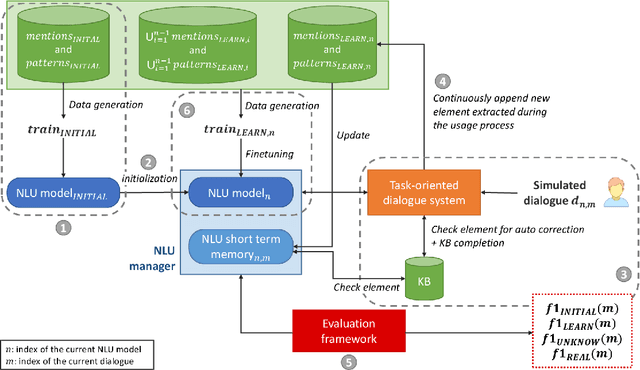

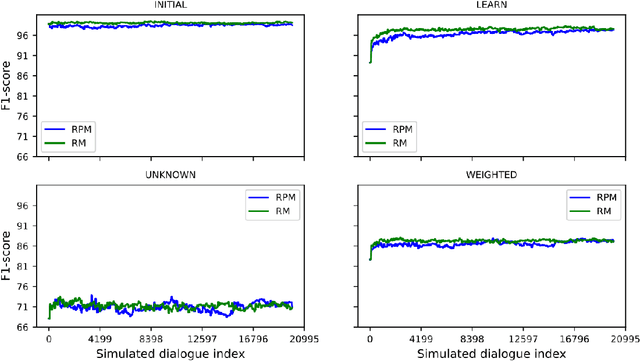
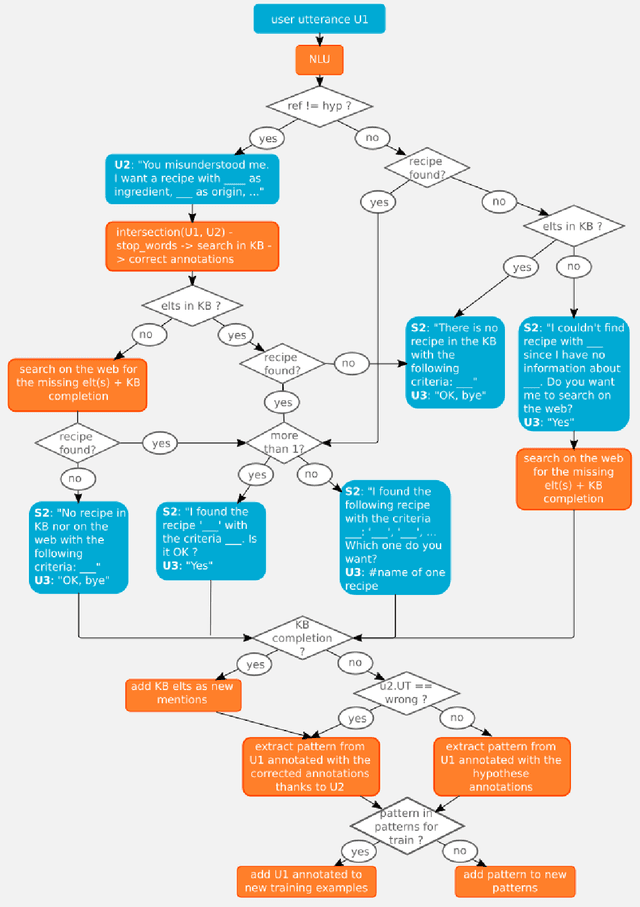
Abstract:On-the-job learning consists in continuously learning while being used in production, in an open environment, meaning that the system has to deal on its own with situations and elements never seen before. The kind of systems that seem to be especially adapted to on-the-job learning are dialogue systems, since they can take advantage of their interactions with users to collect feedback to adapt and improve their components over time. Some dialogue systems performing on-the-job learning have been built and evaluated but no general methodology has yet been defined. Thus in this paper, we propose a first general methodology for evaluating on-the-job learning dialogue systems. We also describe a task-oriented dialogue system which improves on-the-job its natural language component through its user interactions. We finally evaluate our system with the described methodology.
 Add to Chrome
Add to Chrome Add to Firefox
Add to Firefox Add to Edge
Add to Edge